Although our insects are generally favorable as far as logistics and productivity, looking at tiny critters presents its own challenges. The insect work in the Parks Lab has inspired me to make several adjustments to my sense of scope.
Just as the telescoping lens is a necessity for fieldwork with whales, the macro lens provides a means of documenting our insect charges, tracking their growth from nymphs to adults, and even aiding in identifying species (often difficult with live, moving specimens).
There is just one problem: a steep learning curve.
I had never used a macro lens before—until a couple of weeks ago, I thought the “Macro” setting on my SLR camera was as good as it got. I have since learned that a macro lens is a prime lens that magnifies the image onto the camera sensor; a “true” macro lens creates a 1:1 ratio of the subject’s size in real life to its size on the sensor. More info here. Similar to the telescoping lenses we use for whale photo-identification, the macro lens takes a bit of experience, some knowledge about photography, a bit of finesse, and a whole boatload of patience, but once I get everything figured out, I have no doubt it will change the way that we see our creepy crawly friends.
I’m not even going to pretend to know enough yet to offer a macro tutorial, but I’ll let the rest of this post serve as a brief, photographic account of my own mishaps thus far in macro photography.
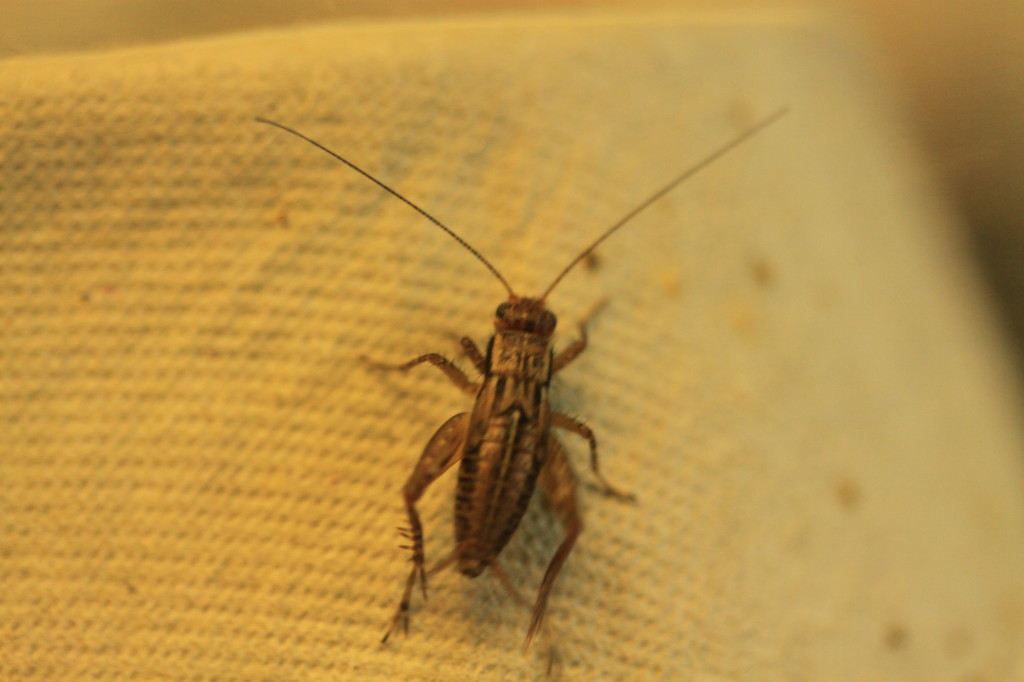
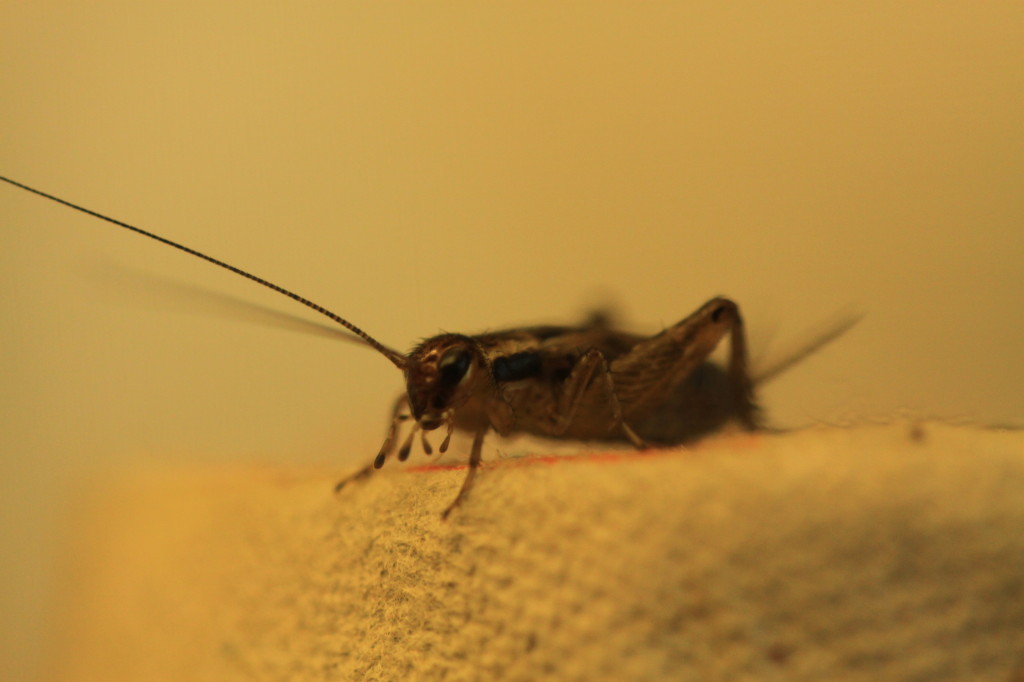
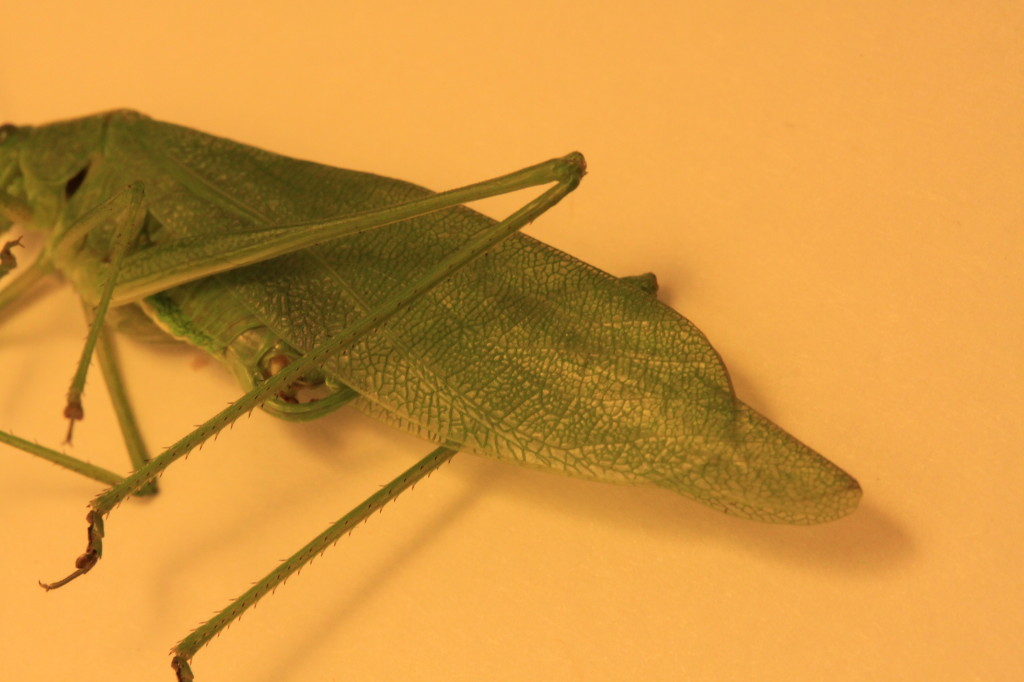
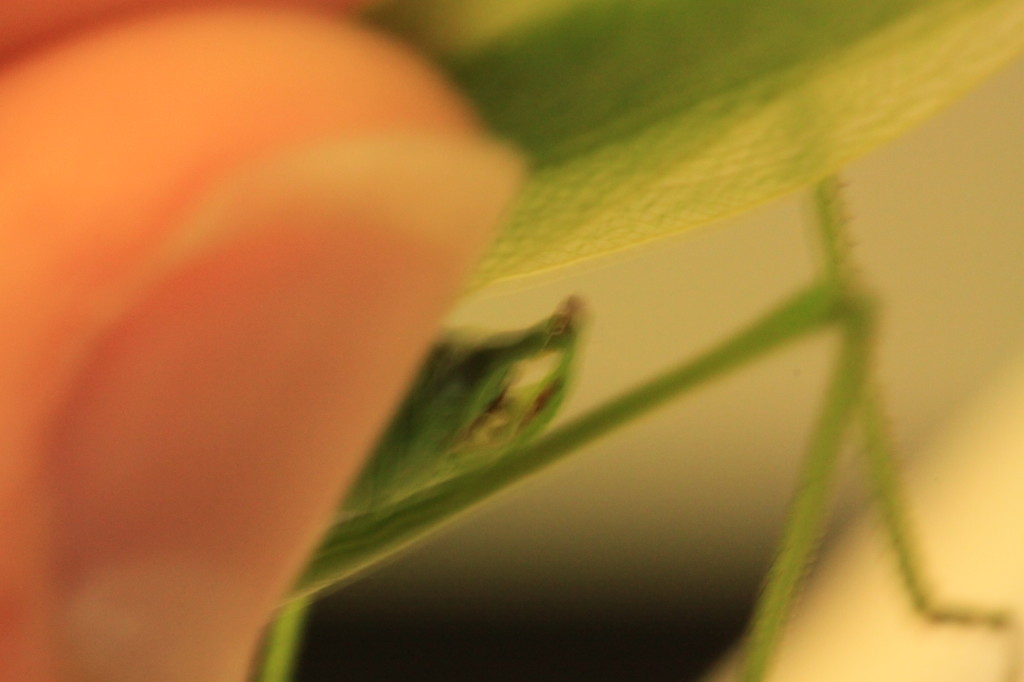
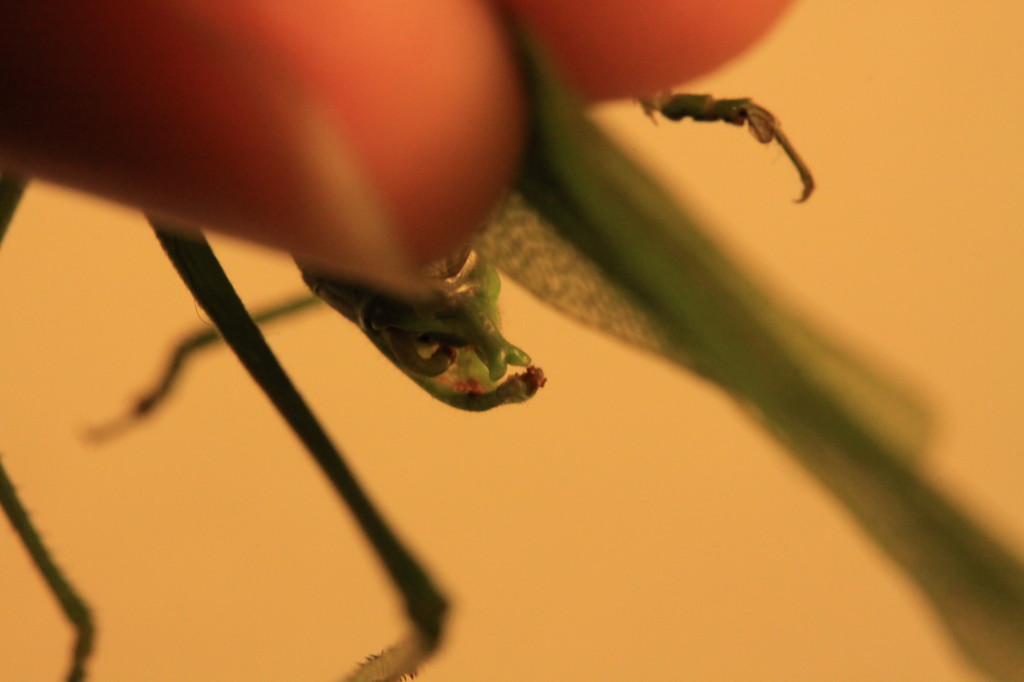
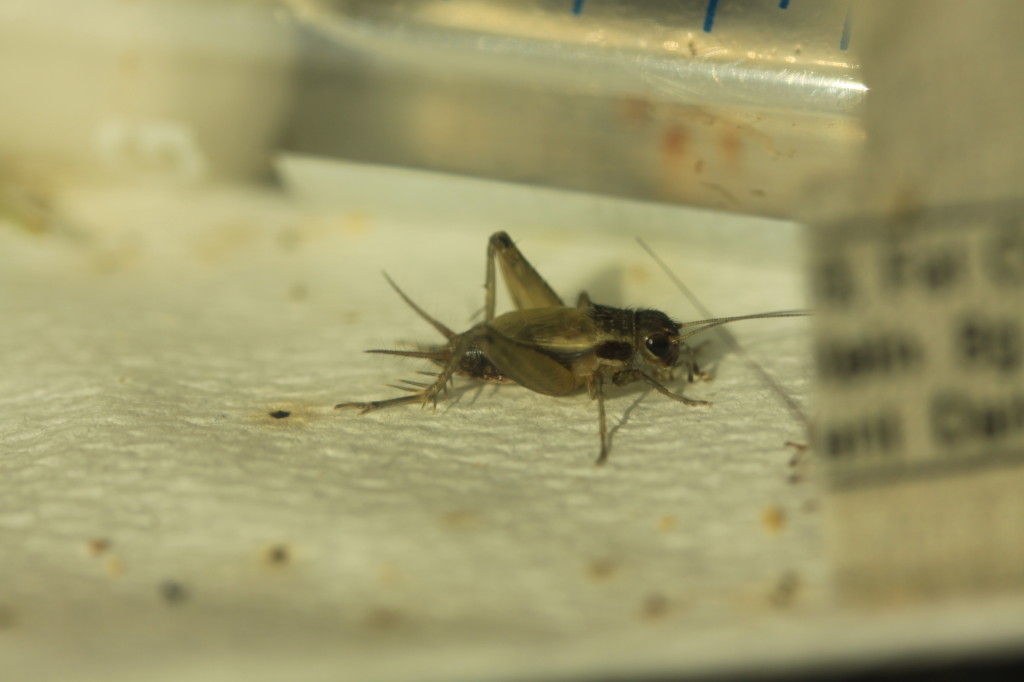
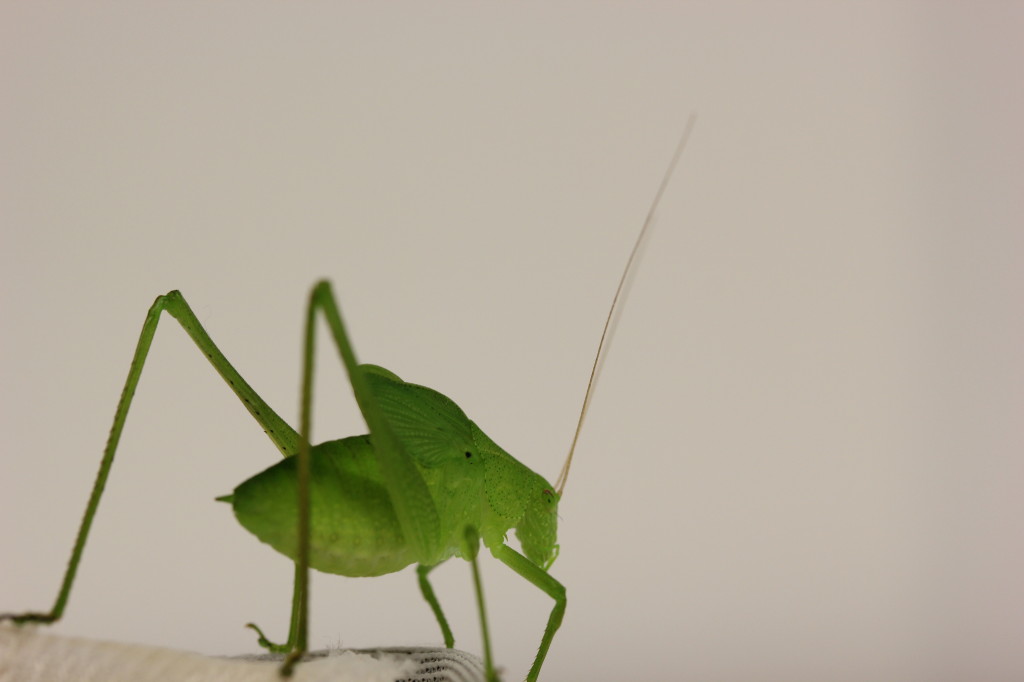

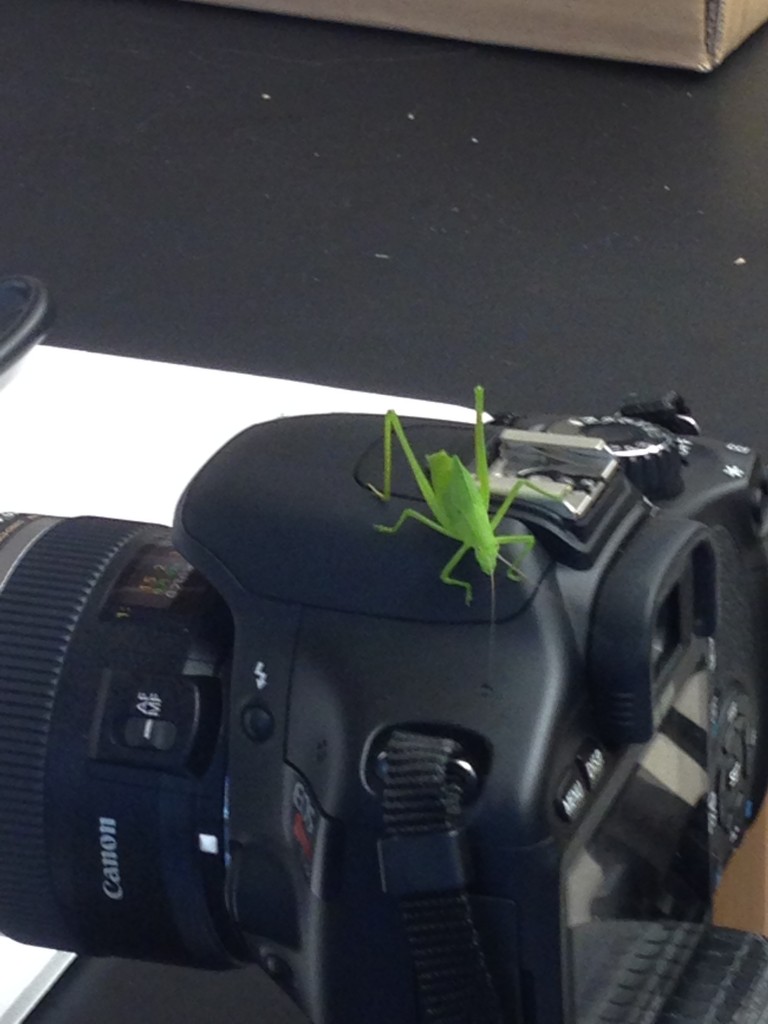
If you’re interested in using macro lenses to photograph your own insects, check out this site with some great tips!
–Jess